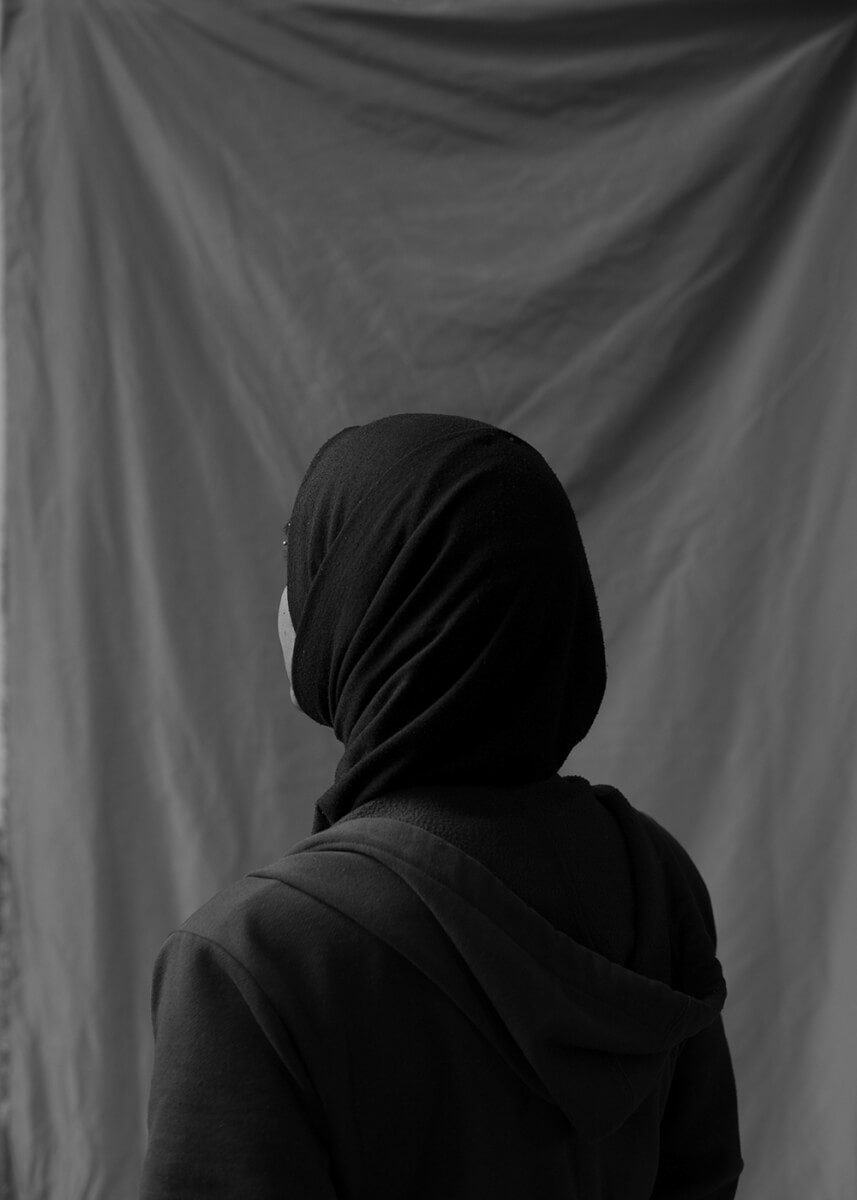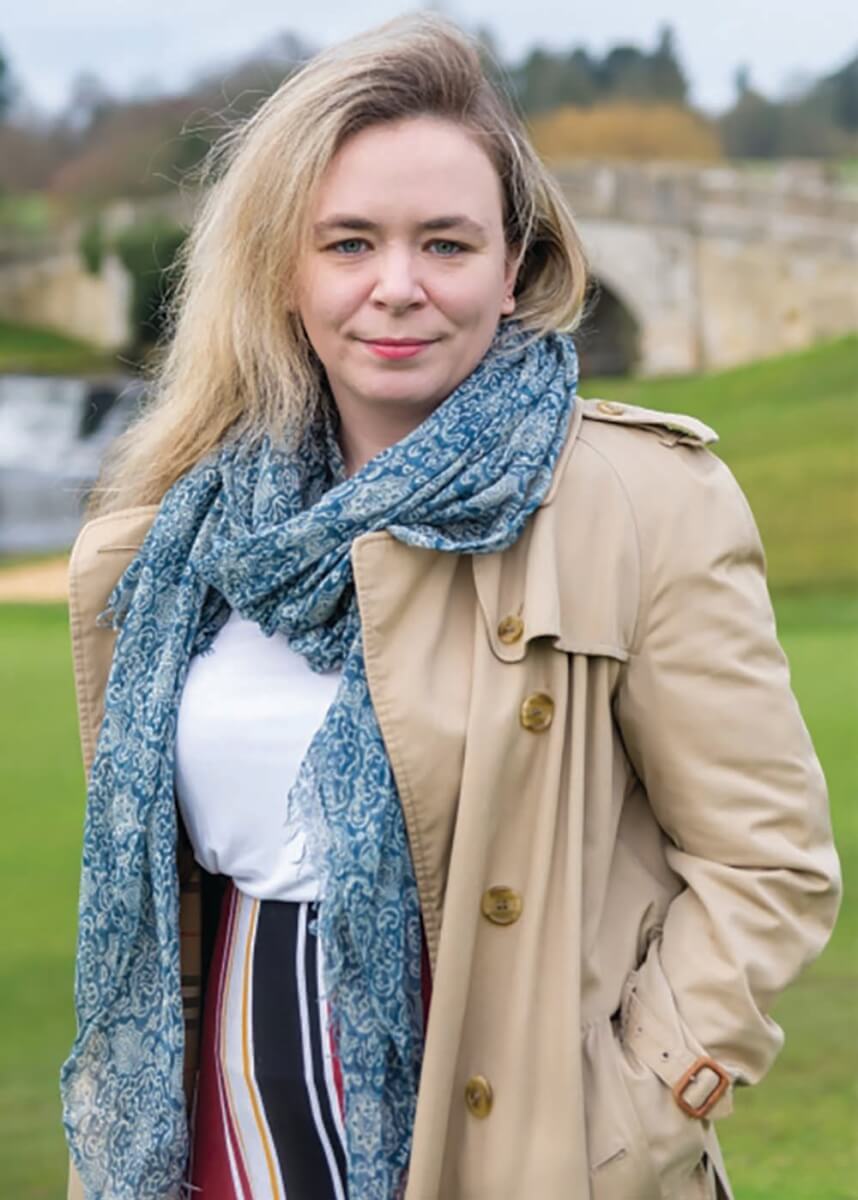Before March of 2018, I never intended to write a sequel to There There. When I first decided to do it, the mean voices inside immediately began judging me. Like it was lowbrow. Like it belonged in the Marvel universe of decision-making, like people would think it was a cash grab even though I made the decision before the success of There There.
The idea first came to me when I was sitting in a Penguin Random House warehouse signing an insane amount of books ahead of the publication of There There. That is not a romantic place for a novel to be conceived. I feel embarrassed to share that it came during that moment, but that is when it came. The sales reps who were helping me to sign all these books played a Spotify radio station based on the song “There There” by Radiohead. “Wandering Star” by Portishead came on and right when I heard it, I knew I wanted to write a sequel and that it would be called Wandering Stars. I didn’t at all know at first where the follow-up novel would lead based on this title, but I knew with strange certainty it would be the title. I could never have guessed all the unexpected places it would lead me.
Some of the earliest writing I did for Wandering Stars was about Maxine Loneman experiencing the death of her grandson. I was on a run in Baltimore, and I thought of Maxine and Tony in the afterlife and then of all these afterlife experiences of the characters from There There. That was the original conception—there was going to be a lot of weird afterlife stuff. And then in early 2019 I was in Sweden for the translation of There There. I almost didn’t go on this trip. I was to go to Italy, Sweden and Amsterdam. I’d traveled so much in 2018 that despite these being really cool sounding places, I didn’t actually want to go.
It was cool in the way land acknowledgments are cool. Until they aren’t. And it’s like, okay but what are we gonna do that means more? What’s the next step?
Just before I was to leave I went to a Lunar New Year festival at the Oakland Museum with my family, and we parked at the Lake Merritt BART parking lot, which is notorious for break-ins. I think I wanted something bad to happen. I even left my backpack in the car. And then it did. Someone stole all of my luggage, my passport and my backpack with my computer in it, plus even my son’s toys and some of my wife’s clothes and jewelry. I was upset but also excited because I thought it meant I wouldn’t have to go to Europe. But my agent insisted I should. And she was right. So I got an emergency rushed new passport and only missed the Italian portion of the trip.
Anyway, so then the organizers in Sweden asked if I wanted a private tour of a museum. They said there was a Cheyenne exhibit. I ended up getting this really weird meta-tour where the person leading me through the museum kept explaining that they knew the museum shouldn’t have all this stuff and that they were trying to find ways to return it but weren’t entirely sure how yet. It was cool in the way land acknowledgments are cool. Until they aren’t. And it’s like, okay but what are we gonna do that means more? What’s the next step?
When we came to the Cheyenne exhibit I looked at old regalia and felt that familiar sadness I feel at museums, wondering about why anyone thought showing stolen stuff directly related to colonialism was a good idea, when I caught sight of a newspaper article clipping that said “Southern Cheyennes in Florida, 1875.” I know enough about my tribe’s history to know we were never in Florida. Not as a people. When I came home from the trip, I ended up falling deeply down a rabbit hole researching why some of us were in St. Augustine, Florida, from 1875 to 1878, at a prison-castle called Fort Marion that was shaped like a star. St. Augustine was also the very first European settlement in the continental United States. It should be noted, and some know, but many do not, that Columbus arrived in the Caribbean, not in North America. His discovery of the United States is just as false and meaningless as his legacy as some kind of hero. He went home in chains and will always be remembered by people who know the history as an awful human being.
But how would I connect this piece of history with the aftermath of the powwow from There There?
It was in the research that the moment happened. This was maybe six months after Sweden and first finding out about Fort Marion. I’d been reading a book called War Dance at Fort Marion by Brad D. Lookingbill. I was immersing myself in the world of Fort Marion and beginning to write what would become the beginning of Wandering Stars. I got to the end of the book and it listed the names of the prisoners. The character I had already started writing I’d named Star. And there in the list of names was a Southern Cheyenne named Star, and not far below him, someone named Bear Shield. I immediately started crying seeing the names. That I had already written a character named Star was one thing, but to see a family name from There There was just so overwhelming. I became convinced at that moment that I would make a generational tie between one of the prisoners at Fort Marion and one of the families who survived the shooting at the powwow at the end of There There.
Writing a novel is a strange experience. Things go into it and things come out of it. It feels. It’s like this porous thing.
I have found in writing these two novels that there are things that go into the work, and also things that come out of it. For instance, the spider legs that Orvil Red Feather pulls out of his leg in There There, that was something that actually happened to me. In a West Oakland Target bathroom, just like Orvil. And then the week after I wrote the bat scene from the Thomas Frank chapter in There There, we had a bat fly into our house. The bat did what they call a flyby on my wife and niece. It felt so related to the bat I wrote into the novel and my wife definitely blamed me writing it in for what happened. And then my wife’s medical insurance had lapsed without our knowing and we ended up having to spend $10,000 to pay for rabies shots. One of the first things we did with advance money from There There was to pay that medical bill.
Writing a novel is a strange experience. Things go into it and things come out of it. It feels. It’s like this porous thing. You have to be open to what it can become, I think. You have to open yourself up to what might be possible for it to become that you might never have imagined. It can be a kind of collaboration with your unconscious, and with something else. The process, I guess. It can feel like it takes everything you have. And it does.
Tommy Orange author photo by Michael Lionstar.



















